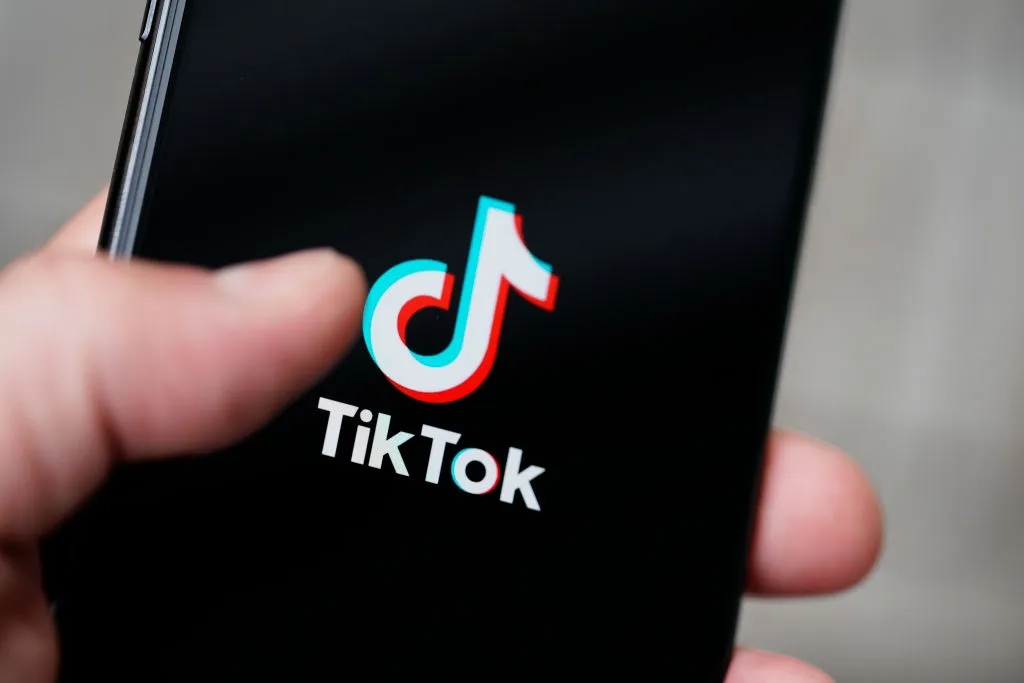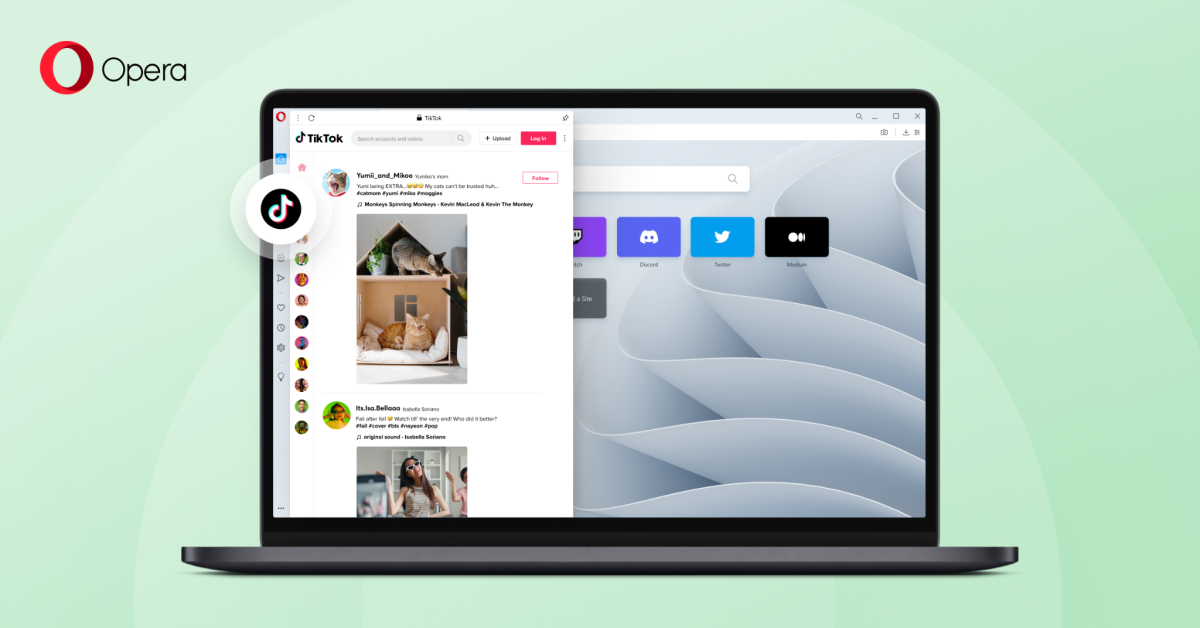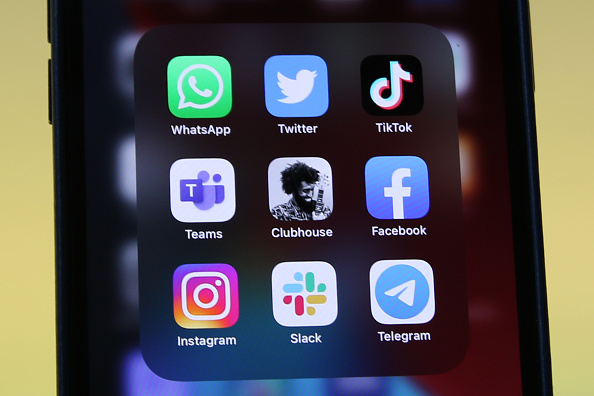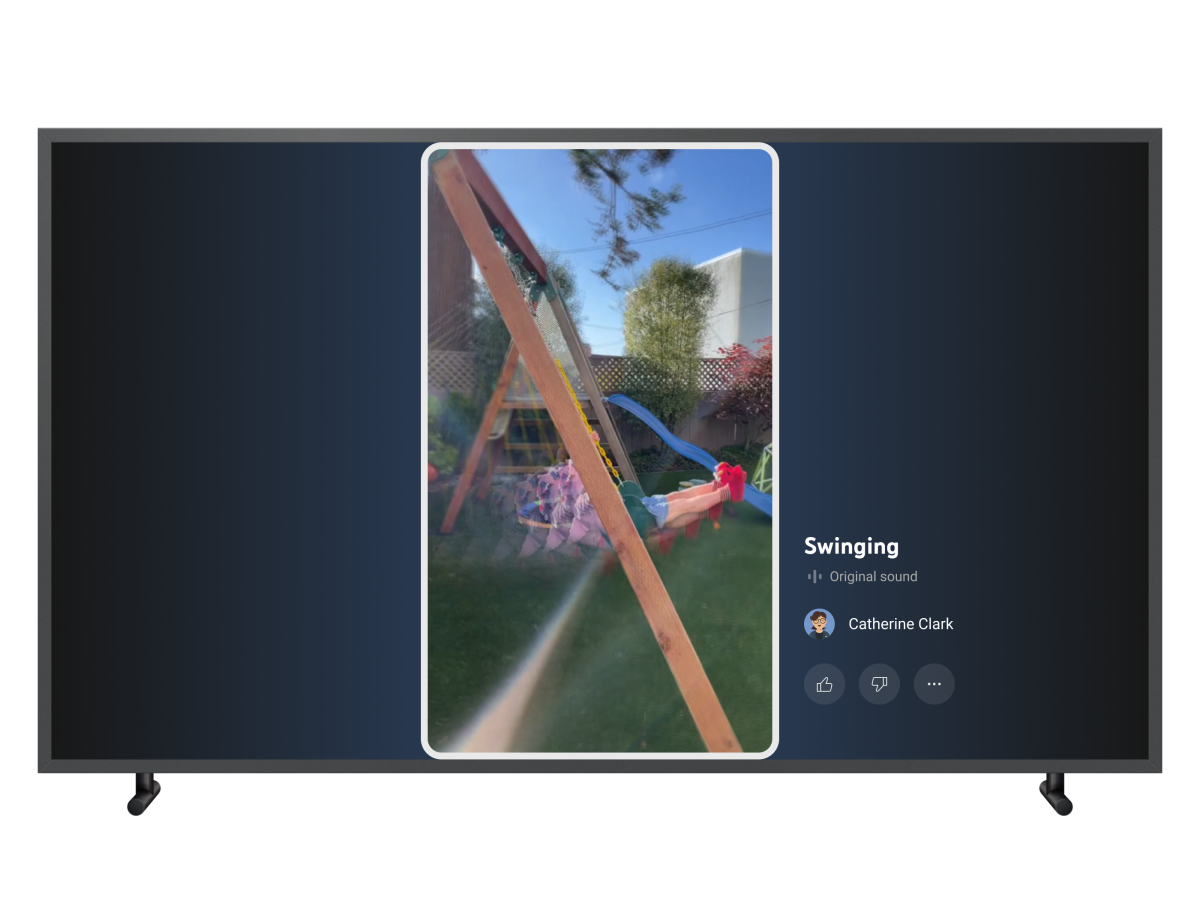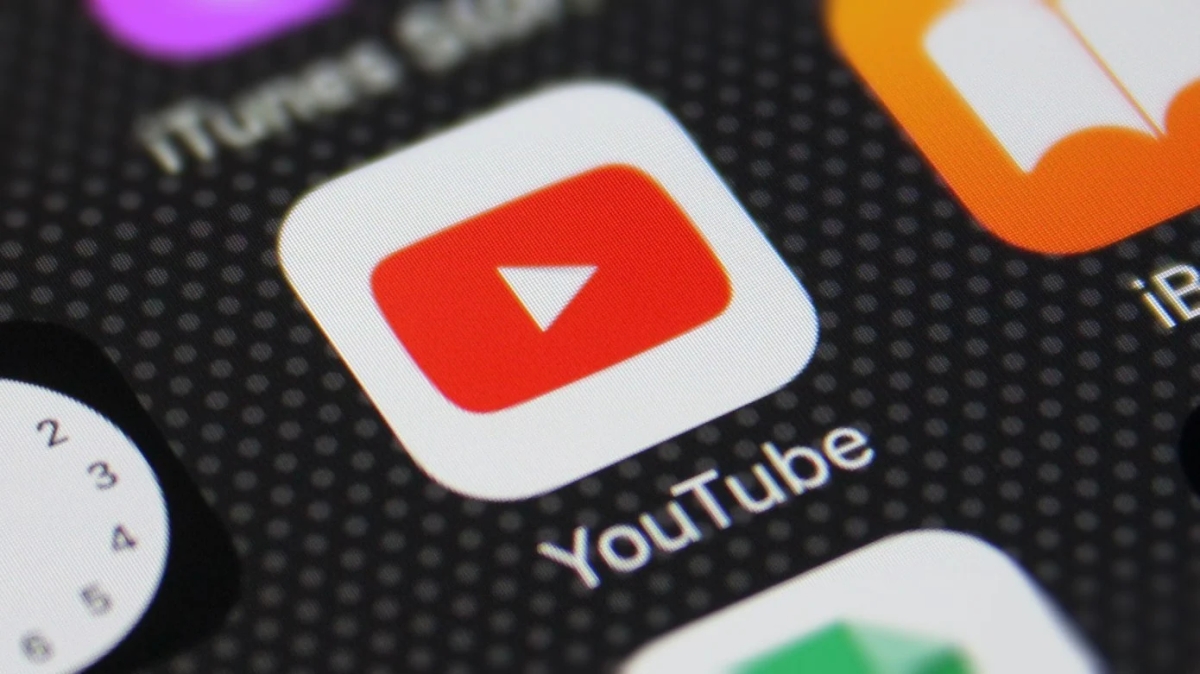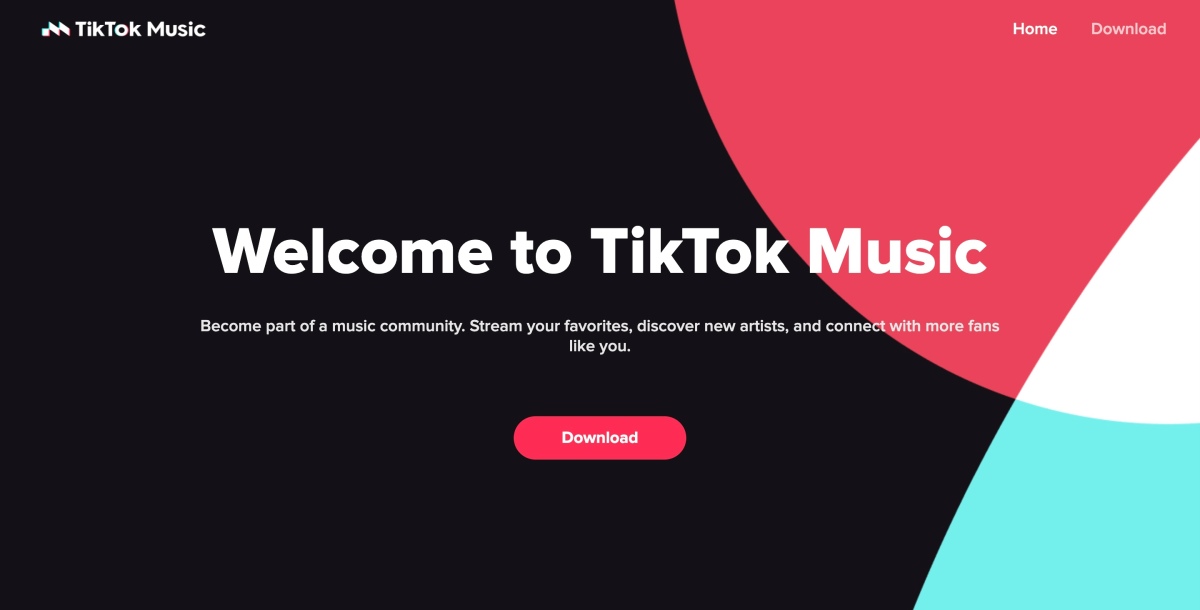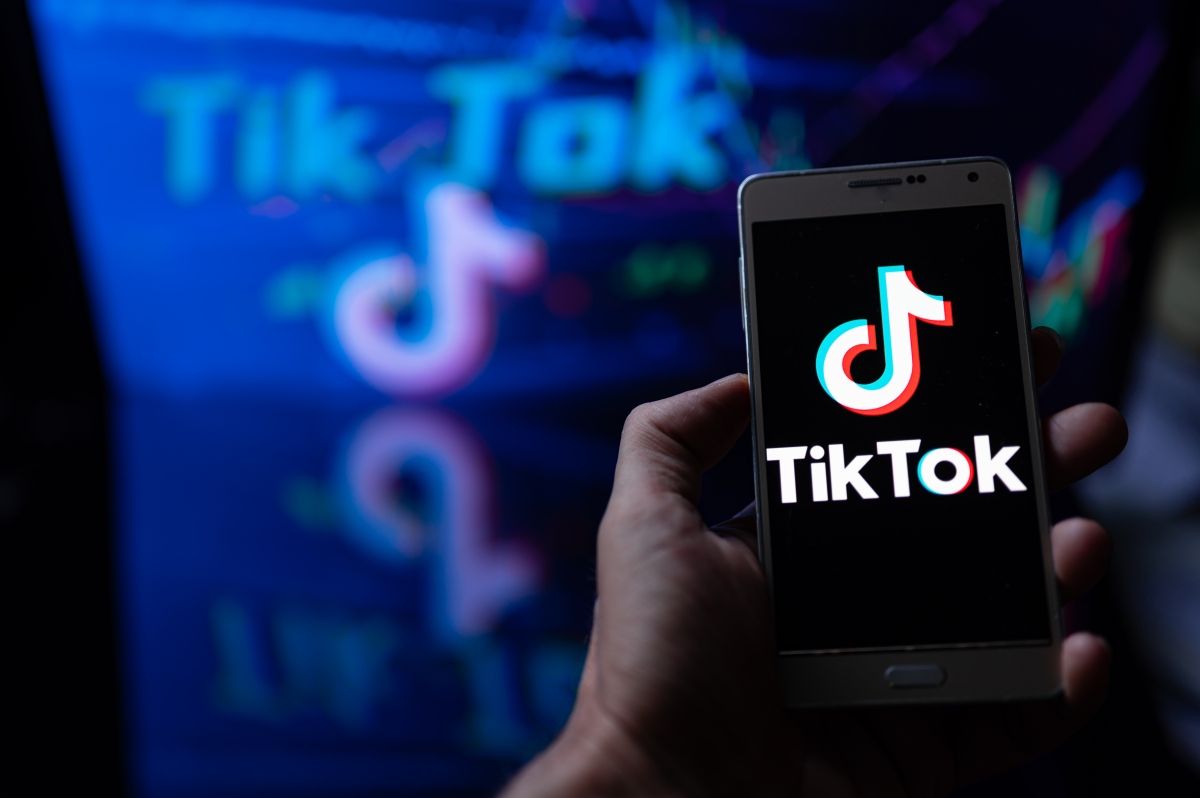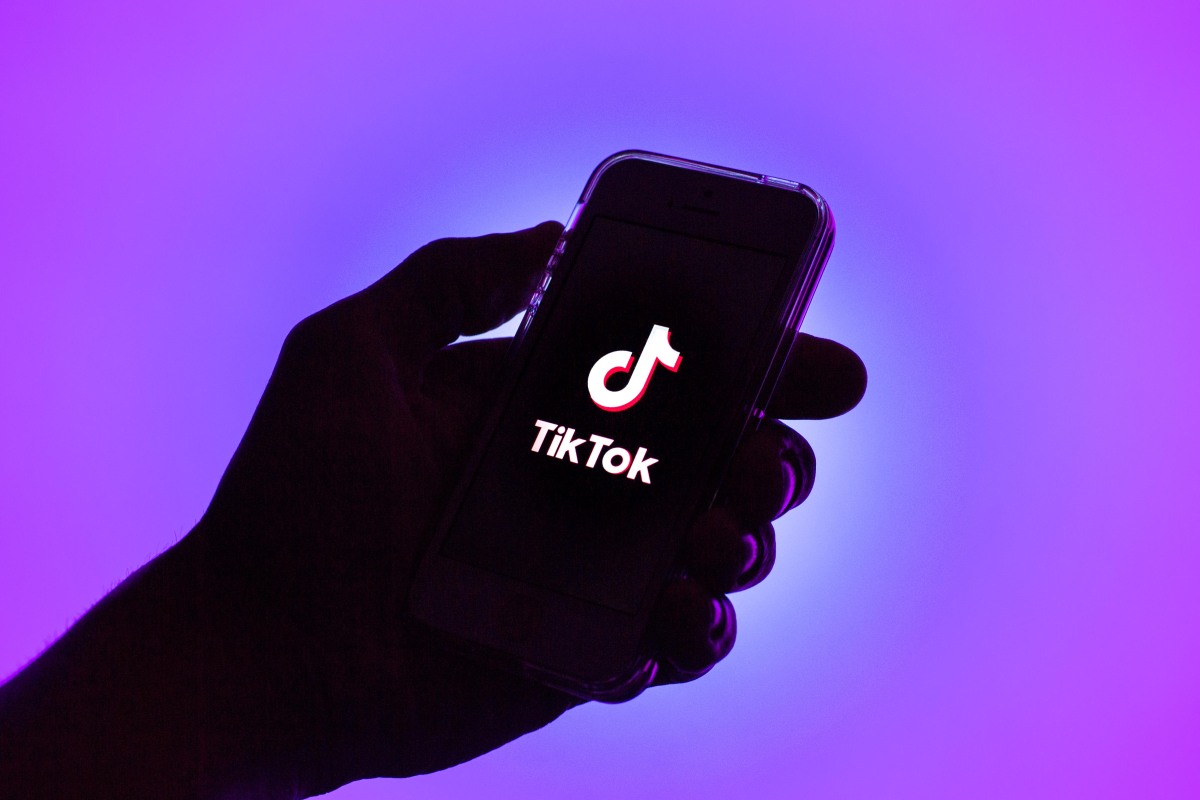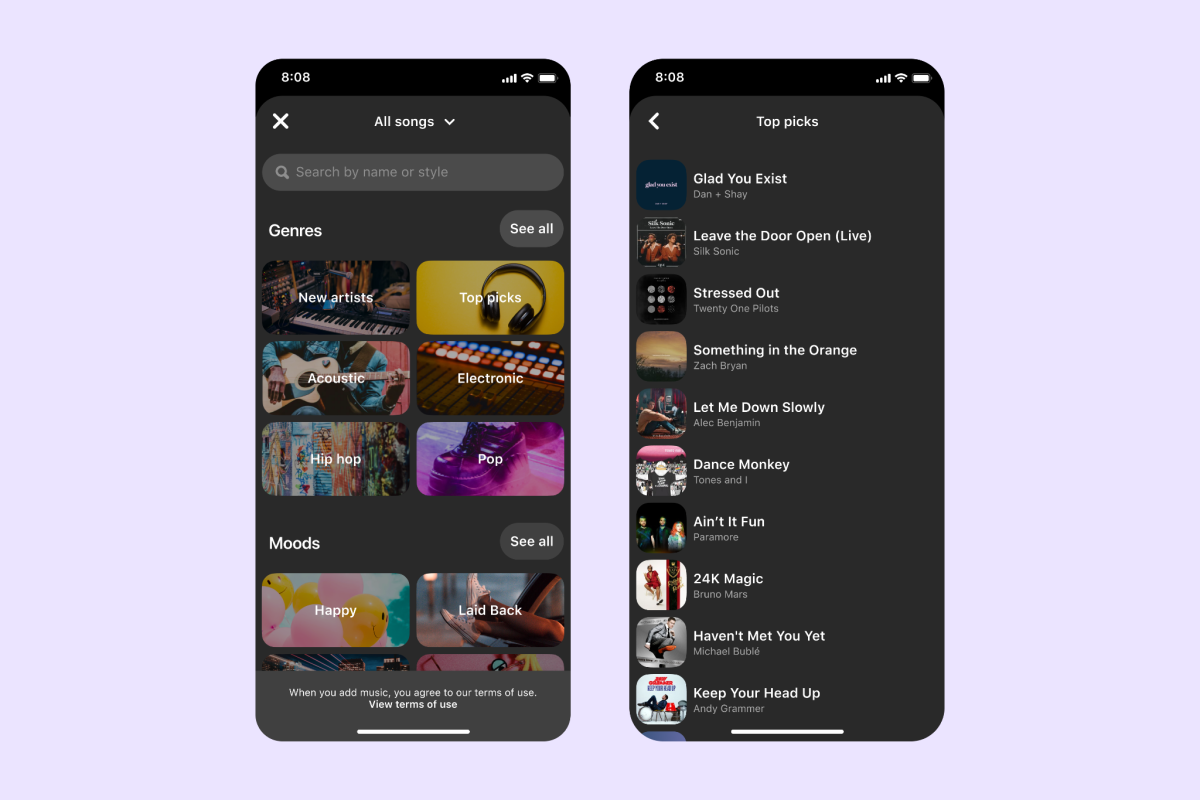TikTok begins testing an early version of its platform research API • ZebethMedia
Earlier this year, TikTok announced that it’s developing a research API to improve access to public and anonymized data about content and activity on its app. Now, the company says it’s ready to make a beta version of its platform research API available and has asked members of its Content and Safety Advisory Councils to test an early version of the API. “To get started, we’ve asked members of our Content and Safety Advisory Councils with expertise in misinformation, violent extremism, hateful behavior, and emerging technologies to test an early version of our platform research API,” TikTok said in a blog post. “They’ll have access to public data as we gather their feedback on usability and the overall experience. We’re dedicated to hearing and incorporating feedback from testers and creating an API that will meet the needs of the scientific community while respecting the privacy of our community.” At the time of the initial announcement, TikTok said researchers currently don’t have an easy way to assess content or conduct tests on its platform, which is why it saw the need for a research API. In addition to the platform research API, TikTok is developing a content moderation API. The company plans to share more details in the coming months. The moderation system API will give select researchers a way to evaluate TikTok’s content moderation systems and examine existing content on the app. Researchers will also be able to upload their own content to see how different types of content are either permitted, rejected or passed to moderators for further evaluation. TikTok’s update on its research API work comes amid renewed calls from FCC commissioner Brendan Carr to ban the app. This wasn’t the first time Carr voiced this idea. After BuzzFeed News reported data improprieties implied by leaked internal communications, Carr wrote in June to Apple and Google calling the app an “unacceptable national security risk” and asking the companies to remove it from their app stores.
